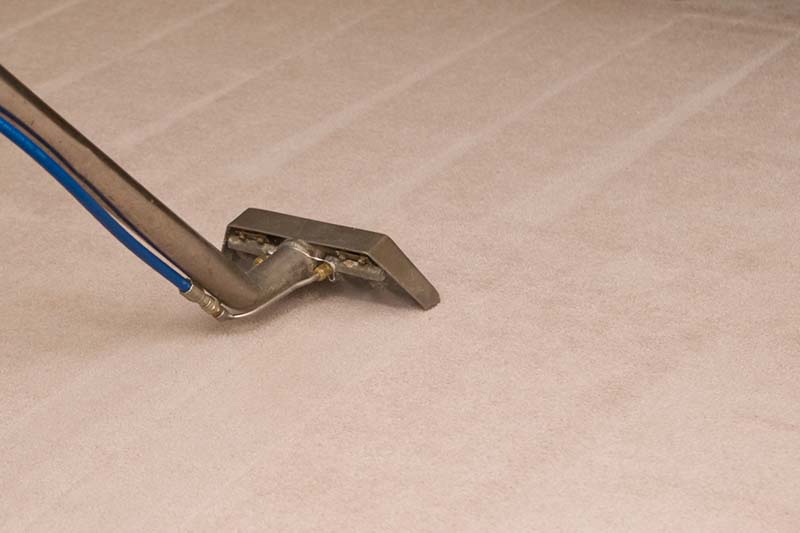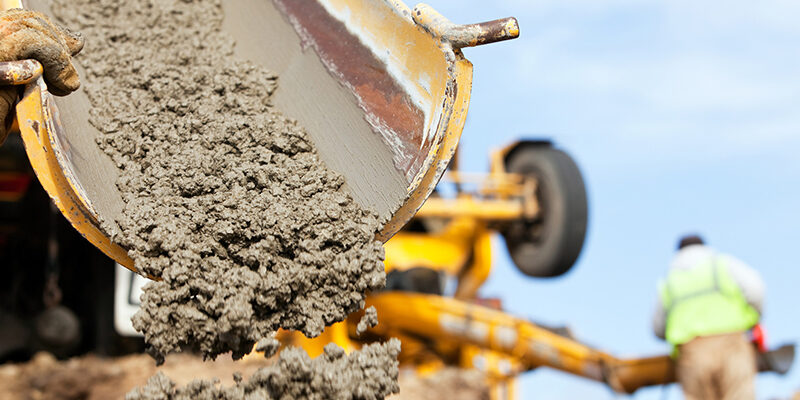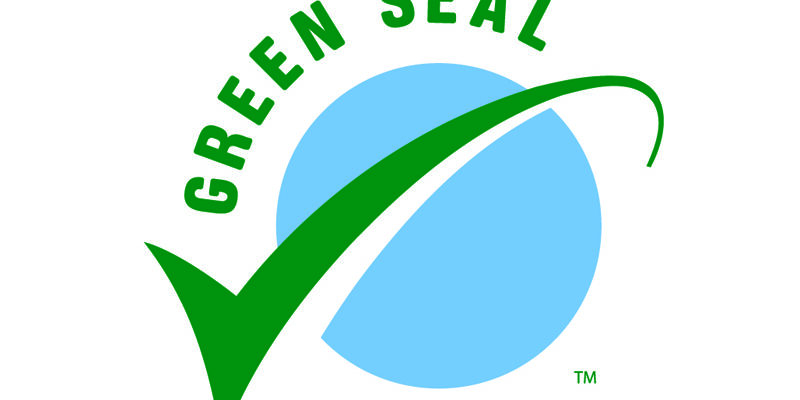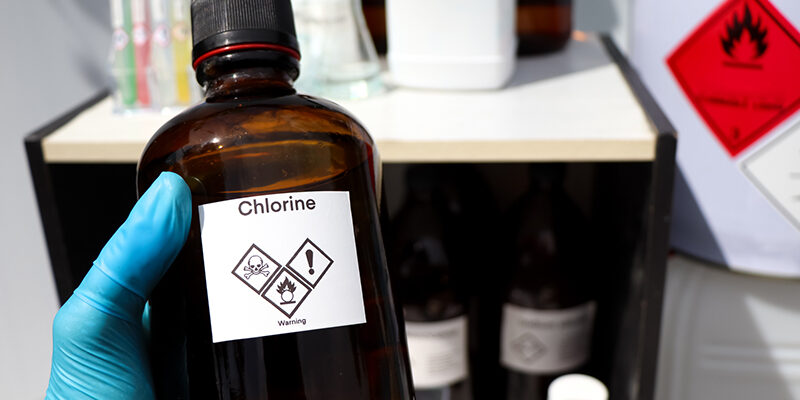The Definition of Clean and Cleaning

By James B. Smith
Before you assume you know how to clean carpet, think about how the words, “soil,” “clean,” and “cleaning” could have varied meanings depending on whether they are used by a consumer, professional cleaner, or judiciary. Consider these conflicting scenarios.
Scenario 1
A homeowner says her carpet is soiled, so she finds a carpet cleaning company. After the cleaning, the homeowner sees dark areas remaining in the pathways. She complains, saying her carpet is still dirty. The cleaning company demonstrates that the dark areas are due to wear and not soil. The homeowner says that she is not buying that and demands her money back. The cleaning company declines.
It should be simple for us to recognize that the homeowner’s dark areas are coming from texture issues like scratches on the filaments. This is what standards recognize as “apparent soil.” The cleaning company’s contract was to remove “real soil” which is defined as foreign and unwanted substances. So, it appears the cleaning company is in the right, right? Let’s put another twist into this story.
The homeowner, still dissatisfied, hires an expert. The expert reviews some pictures, including one that shows the cleaning technicians dumping their waste products on the street. The homeowner sues and gets her money back because the judge rules that the cleaning company has failed to meet the full definition of cleaning.
Where did the judge get that idea, you ask? Well, standards are often used in court as a reference for definitions, and the ICRC S100 Professional Cleaning of Textile Floor Coverings defines cleaning as, “The purposeful activity of removing soil and undesired substances from an environment or surface to reduce damage or harm to human health or valuable materials. Cleaning is the process of locating, identifying, containing, removing, and properly disposing of unwanted substances from an environment or material.”
The technicians did not properly dispose of the “unwanted substances,” so from a legal standpoint, even though the carpet has been made free of undesirable and foreign substances, it has not been fully cleaned.
Scenario 2
The owner of an apartment complex wants to replace some of his aging floorcoverings with the same nylon that was installed in the past; however, the price has gone up and he is forced to consider another kind of fiber. He discovers a new product that claims to be easy to clean with no staining or fading issues.
A year later, this new carpet is ready to be cleaned, but the cleaning company fails to reach an acceptable level of cleaning. It turns out this new fiber likes oil a lot more than the previous one. His cleaning company finds a remedy for the problem by adding a solvent spotter to the preconditioner, but this also raises the cost of cleaning. The apartment owner is unhappy with the price increase and chooses a different cleaner.
This new cleaner uses an absorbent powder method and, like his competitor, also finds the new carpet difficult to clean. Later, the second cleaner tries an oleophilic absorbent made for special jobs, which works, but he too must charge more to reach an acceptable level of cleaning.
Frustrated with all of this, the apartment owner hears of an expert who helped a neighbor with his cleaning issues.
The expert sends samples of the carpet off to a laboratory for testing. These tests have standardized AATCC/ASTM protocols and do not go to the extra steps that our cleaning companies have gone to. The test results find the fiber is below the acceptable limits, so the court declares this carpet to be uncleanable based on the definitions of acceptable levels of cleaning. Thus, technically this new carpet can be cleaned, but legally,
it cannot.
Perceptions of clean
In both scenarios, the carpet was clean by one definition but not by another, so what does this mean for the industry? Today’s professionals need to know more than just how to clean a difficult carpet. We need to know the legal definitions of words like “soil,” “clean,” and “cleaning.” When called into question, the judicial system will use industry standards to define terms and test like with an AATCC/ASTM test to determine cleanability. Professionals must also recognize that the customer will have a different understanding of soil compared to industry or legal standards, and they will hold us accountable for any miscommunications. A thorough consultation with the customer prior to service can help alleviate these problems.
James “Jim” B. Smith is an IICRC-approved instructor, a senior practicing inspector, and part of the of the IICRC S100 cleaning standard voting consensus. His educational studies come from Texas A&M University and the University of Houston. He has been in the cleaning industry since 1975. For more information, visit his website at www.carpetinspector.com/jbs, call (972) 334-0533, or email [email protected].












